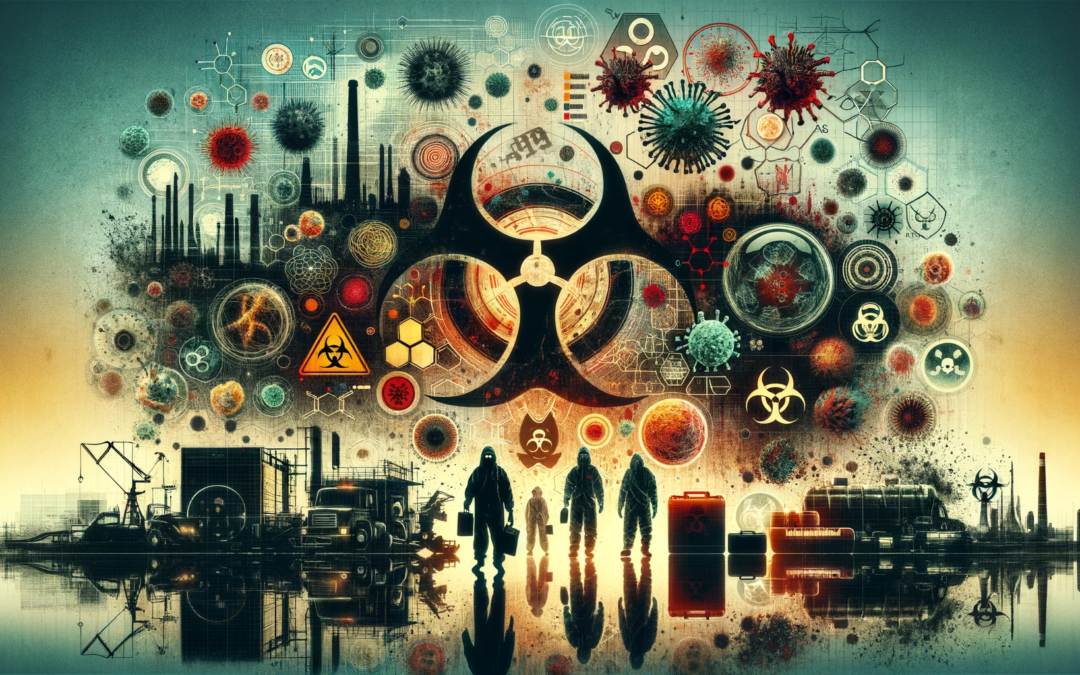In an age where technological advancements have revolutionized medicine and genetics, there arises a parallel risk: the development and use of biological weapons, or bioweapons. These weapons, which utilize bacteria, viruses, or other disease-causing biological agents, represent a significant threat due to their potential to cause widespread harm and ethical challenges in defense and deterrence.
What are Bioweapons?
Bioweapons harness pathogenic microorganisms or organic toxins to inflict disease and death in humans, animals, or crops. Historically, their use dates back centuries, but modern biotechnology has increased their potential impact. They are categorized as weapons of mass destruction alongside nuclear and chemical weapons.
The History of Bioweapons
The use of biological agents in warfare is not new. Historical instances include the use of plague-infected corpses and smallpox-infected blankets. However, the 20th century saw a more sophisticated development of bioweapons, with programs in various countries attempting to weaponize diseases like anthrax, smallpox, and the plague.
The Threat in the Modern World
Today, the threat of bioweapons is more pronounced due to advancements in synthetic biology and genetic engineering. The ease of modifying pathogens to increase their lethality or resistance to treatment poses a significant security challenge. Furthermore, the COVID-19 pandemic has highlighted the devastating impact of widespread disease, raising concerns about deliberate biological attacks.
Ethical and Security Concerns
The development and use of bioweapons raise profound ethical questions. The intentional infliction of disease contradicts the very essence of medical ethics and humanitarian laws. Moreover, the indiscriminate nature of these weapons, affecting civilians and soldiers alike, presents severe moral dilemmas.
International Regulations and Challenges
The Biological Weapons Convention (BWC) of 1972 is the key international treaty banning biological arms. However, the enforcement of this treaty is challenging due to the dual-use nature of biotechnology (useful for both civilian and military purposes) and difficulties in verification. Compliance and enforcement remain significant challenges.
The Role of Global Cooperation
Preventing the proliferation and use of bioweapons requires global cooperation. This includes strengthening international treaties, improving surveillance and public health systems, and fostering transparency in research. International collaboration is vital to address the threat posed by these weapons effectively.
Conclusion
Bioweapons, with their potential for mass destruction and ethical quandaries, represent a grim aspect of modern warfare and biotechnology. As scientific advancements continue, it becomes increasingly imperative to balance innovation with safety and ethics. Global efforts must be intensified to mitigate the risks posed by these weapons, ensuring they remain confined to the pages of history rather than the realities of our future.










